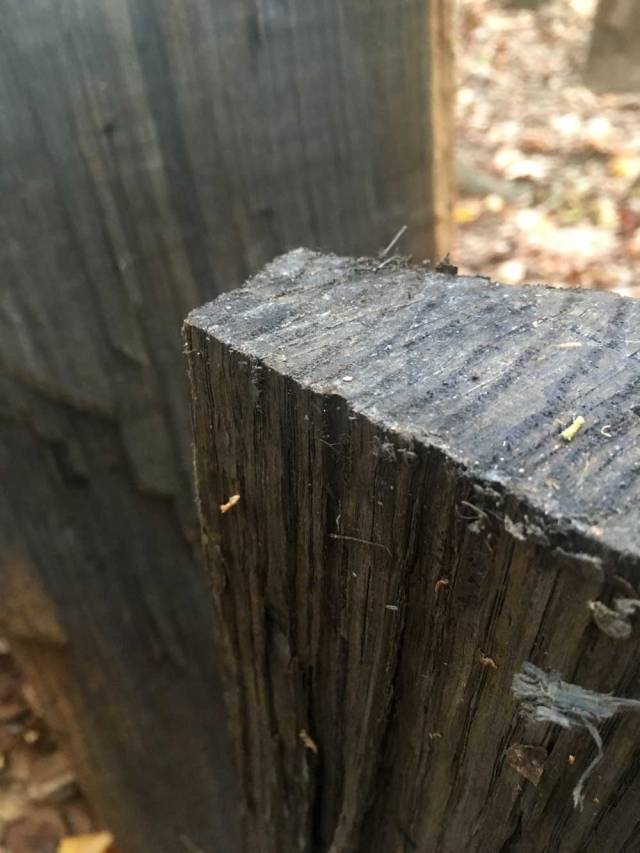
The only thing that disappoints me about my Saalburg workbench is the finish. It’s not jet black like the original I studied in Germany in June.
Of course, when the bench was thrown down a well circa 200 A.D., it probably wasn’t jet black then. But still, the black looks correct to me because I’ve been staring at photos of a black workbench for months now.
Today I figured out how to reproduce it.
I’m at Larry Barrett’s house this week taking a chairmaking class with four other friends. We’re building the Jennie Alexander Chair (with a few modifications) made famous in the book and DVD “Make a Chair From a Tree.”
Today we split out the long back posts from green oak and began by sorting through the oak stacked in Larry’s yard. Some of it looked exactly like the oak Saalburg workbench. And I do mean exact.

This oak had been stored in a giant steel tub in the side yard of Larry’s house and the steel had rusted through, releasing a continuous supply of iron into the water. The result: jet black oak that wasn’t just on the surface. The wood was jet black as much as 1/2” into the wood.
This makes complete sense. At Saalburg, The wooden objects were thrown into wells along with lots of iron objects. It made the same stew in Larry’s log tank.
I have no plans to reproduce the finish on my bench, however, but I know how to achieve it.
— Christopher Schwarz, editor, Lost Art Press
Personal site: christophermschwarz.com